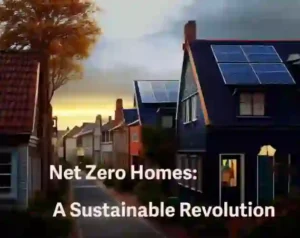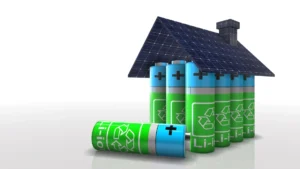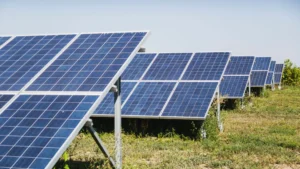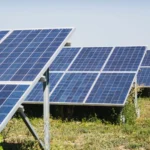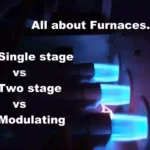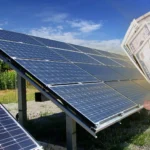Now operating in Ontario, Canada
How a PV Cell works?
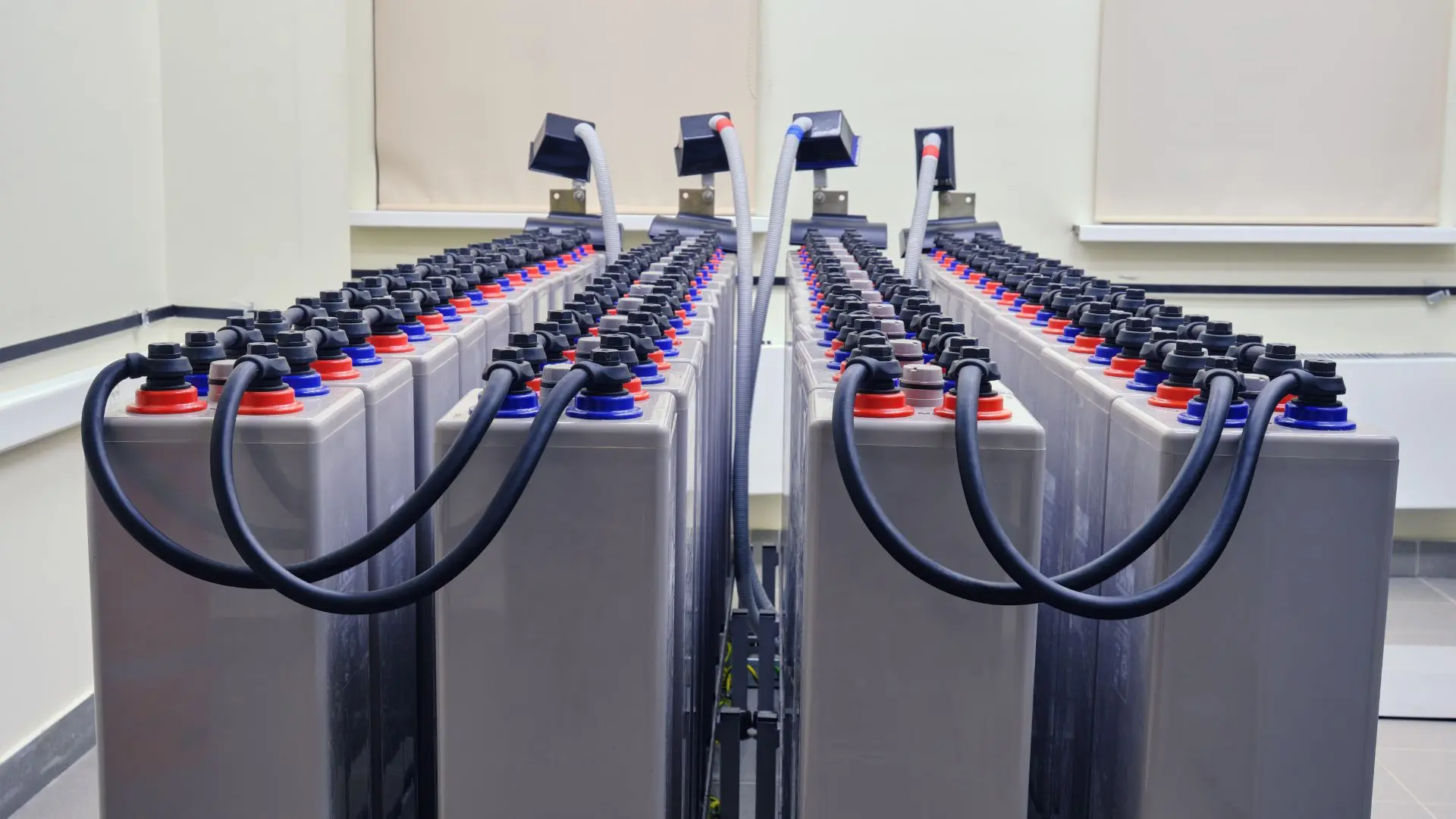
A photovoltaic (PV) cell consists of semiconductor material like silicon, enabling light particles to free electrons, generating electricity flow.
Composition of PV Cells:
At the heart of a PV cell lies a semiconductor material, typically silicon, which possesses unique electrical properties that enable the conversion of light into electricity. Silicon atoms are arranged in a crystalline lattice structure, with each atom sharing electrons with neighboring atoms. This arrangement creates a stable configuration known as a “valence band,” where electrons are tightly bound to their respective atoms.
Generation of Electricity:
This energy absorption excites the electrons, causing them to break free from their atomic bonds and become mobile. These liberated electrons enter a region of the semiconductor known as the “conduction band,” where they can move freely and contribute to the flow of electric current.
Creation of Electron-Hole Pairs:
Photons energize electrons, leaving “holes” in the valence band. These holes behave as positively charged particles and are capable of moving within the semiconductor lattice. The simultaneous presence of free electrons and holes creates an electric field within the PV cell, facilitating the separation and movement of charges.
Generation of Electric Current:
The electric field in a PV cell directs electrons to the negative terminal and holes to the positive terminal. The flow of electrons forms an electric current, usable for applications like powering devices or feeding into the electrical grid.
Utilization of Electrical Energy:
The electric current produced by a single PV cell is relatively small. Interconnecting multiple PV cells within a solar panel or module produces usable amounts of electricity. Panels can form arrays for solar systems, supplying electricity to homes, businesses, and larger utilities.
Conclusively, photovoltaic cells provide clean, renewable electricity sourced from sunlight, forming the foundation of solar energy. Harnessing semiconductor physics, PV cells convert solar energy into electricity, providing a sustainable solution for the world’s growing energy demands. Advancements in technology drive efficiency and cost improvements, positioning solar photovoltaics to play an increasingly significant role in a cleaner, more sustainable energy future.

